Table of Contents
Universal Stove Safety Tips
- Install smoke and carbon monoxide alarms on every floor—test monthly and replace batteries yearly.
- Maintain clearances—keep furniture, drapes, and combustibles at least 36" (or manufacturer’s minimum) from stove surfaces and venting.
- Never leave a burning stove unattended for long periods—especially with children or pets in the home.
- Keep a working, up-to-date fire extinguisher in an accessible location near the stove.
- Teach all household members the emergency shutoff procedure and escape routes.
Remember: Even modern stoves require vigilance—most accidents result from skipped steps or overlooked maintenance.
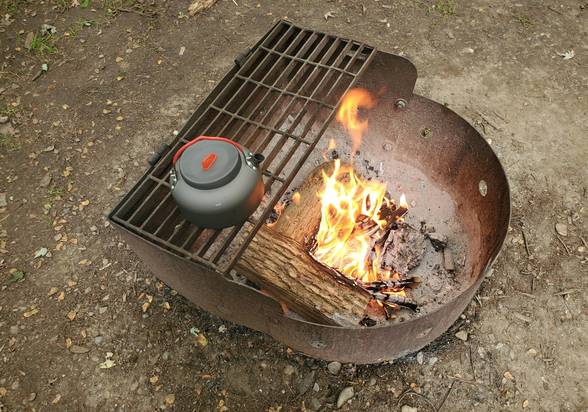
Wood Stove Safety
- Installation: Place stove on a non-combustible hearth pad. Follow manufacturer and local code clearances to walls, ceilings, and combustibles. Use only approved chimney/stovepipe.
- Operation: Burn only dry, seasoned wood. Never use trash, pressure-treated lumber, or accelerants. Always operate with the door closed except when loading or lighting.
- Fire Prevention: Clean chimney and stovepipe at least once per year—more if burning daily. Prevent creosote buildup. Use a spark screen or glass door to contain embers.
- Ash Handling: Empty ash into a metal container with a tight-fitting lid. Store outside on non-flammable surface. Ash can stay hot for days!
- Alarm Placement: Place CO and smoke alarms near the stove area and in adjoining rooms.
For more, read our Wood Stove Guide and Maintenance Guide for step-by-step instructions on keeping your stove safe and efficient.
Wood Stove Guide Maintenance Guide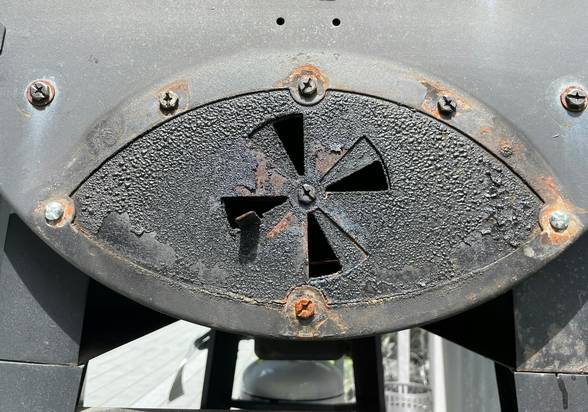
Pellet Stove Safety
- Installation: Install only on non-combustible floors or pads. Vent to the outdoors using approved vent kits. Ensure electrical outlet is grounded and GFCI-protected if required.
- Operation: Use only manufacturer-approved pellets. Keep hopper closed and clean. Never bypass safety switches or sensors. Clean burn pot and ash pan regularly.
- CO Safety: Pellet stoves can produce carbon monoxide if improperly vented or maintained. Place CO detectors in the stove room and sleeping areas.
- Fire Prevention: Clean vent pipes as recommended. Blocked vents can cause back-burn or fires. Store pellets in a dry, safe area away from ignition sources.
- Electrical Safety: Unplug before cleaning or servicing. Avoid using extension cords.
See our Pellet Stove Guide and Maintenance Guide for more information on safe operation and upkeep.
Pellet Stove Guide Maintenance Guide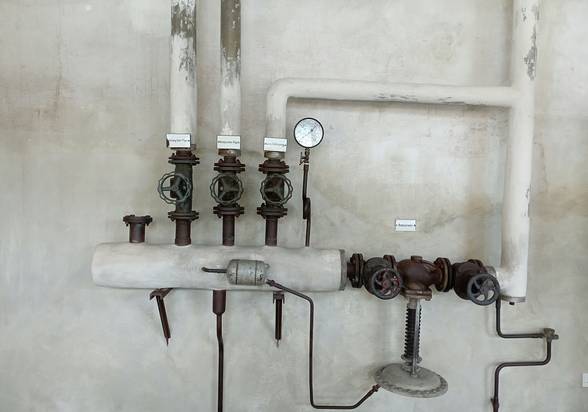
Gas Stove Safety
- Installation: Only a licensed professional should install or repair gas stoves. Use approved venting—direct vent or vent-free per code. Install gas shutoff valve nearby.
- Leak Detection: Use soapy water to check fittings after installation/repair. Never use an open flame to test for leaks.
- Operation: Follow manufacturer’s instructions for startup and shutdown. Never block vents. If you smell gas, shut off supply, evacuate, and call your utility provider immediately.
- CO Safety: Place CO alarms in rooms with gas stoves and sleeping areas. Vent-free models require special attention—follow code and install oxygen depletion sensors.
- Maintenance: Clean burner ports and decorative logs as specified. Schedule annual professional inspection for leaks, venting, and safety systems.
Read our Gas Stove Guide and Maintenance Guide for more guidance and regular safety checks.
Gas Stove Guide Maintenance Guide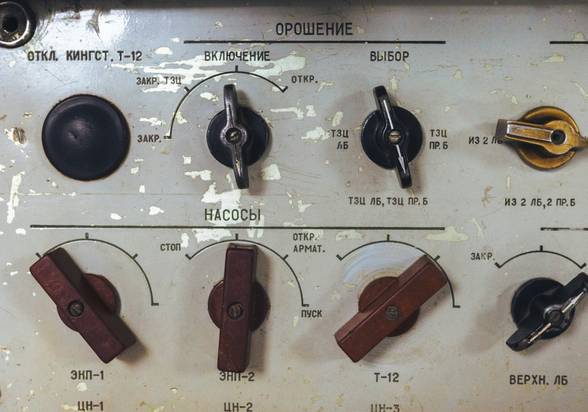
Electric Stove Safety
- Installation: Plug directly into a grounded wall outlet. Do not use extension cords or power strips. Place on a stable, flat surface.
- Operation: Keep vents unobstructed. Never cover the unit or place objects on top. Do not use in damp or wet areas unless rated for such use.
- Fire Prevention: Keep clear of curtains, bedding, and furniture. Maintain required clearances as per manual.
- Safety Features: Test tip-over and overheat protection regularly. Most modern electric stoves will shut off if knocked over or overheated.
- Maintenance: Unplug before cleaning. Dust intake/outlet grilles often.
See our Electric Stove Guide and Maintenance Guide for more safety and maintenance advice.
Electric Stove Guide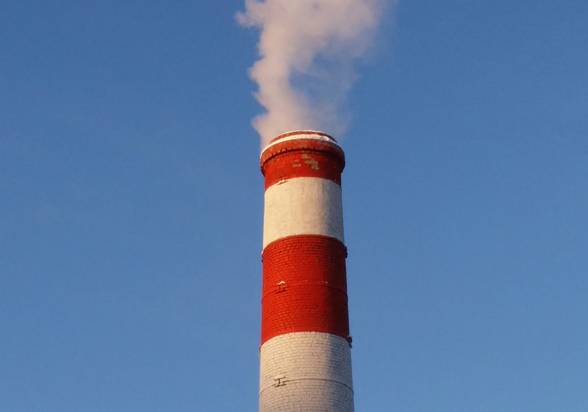
Coal Stove Safety
- Installation: Use a fireproof hearth pad. Vent to a chimney or flue rated for coal (coal exhaust is corrosive). Maintain manufacturer-required clearances.
- Operation: Burn only recommended coal (usually anthracite). Never use wood unless the stove is rated as multi-fuel. Shake grates and remove ash daily.
- Ash Handling: Coal ash can stay hot for hours. Always use a metal container with a tight lid. Store outdoors on a non-combustible surface.
- Fire & CO Safety: Clean chimney regularly—blockages can cause deadly gas buildup. Install carbon monoxide and smoke alarms nearby.
- Storage: Keep coal in a dry, safe area away from ignition sources.
Read our Coal Stove Guide and Maintenance Guide for further guidance on safe operation and maintenance.
Coal Stove GuideLegal, Code, and Insurance Requirements
- Permits: Many municipalities require permits for stove installation. Always check with your local building department.
- Certifications: Only install stoves and venting systems tested/listed by recognized agencies (e.g., UL, EPA, CSA).
- Insurance: Notify your homeowner’s or renter’s insurance provider of any new stove installation. Keep records of professional installations and annual inspections.
- Documentation: Save manuals, receipts, and inspection reports. These may be required for insurance claims or property sales.
- Code Compliance: Follow national, state, and local codes for stove placement, venting, and clearances. Some regions restrict certain fuel types or vent-free models.
For more code and insurance tips, see our Stove Installation Guide.
Child & Pet Safety Around Heating Stoves
- Install a heat-resistant safety gate or barrier around the stove to prevent burns.
- Teach children to never touch or play near the stove—even “cool” surfaces can get dangerously hot.
- Keep pet beds, toys, and food bowls well away from stove area.
- Do not use the stove or hearth as a temporary storage spot—no clothing, newspapers, or holiday decor.
- Supervise children and pets at all times when the stove is in operation or cooling down.
Fire, Carbon Monoxide & Emergency Planning
- Test CO and smoke alarms monthly; replace alarms at least every 10 years.
- Keep escape routes clear and review fire drills with all household members.
- Do not block stove air inlets, vents, or chimneys—proper airflow is critical for safe burning.
- Install CO alarms on every floor, especially near sleeping areas and the stove room.
- If an alarm sounds, evacuate immediately and call emergency services from outside the home.
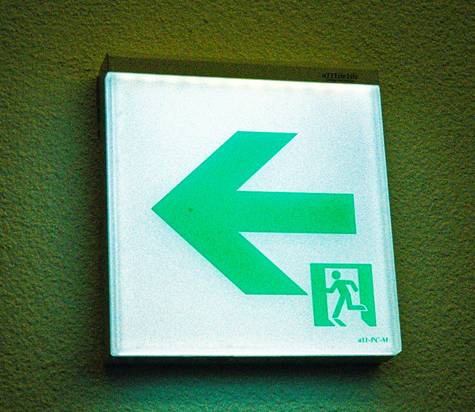
Stove Safety FAQ
Related Guides
Operating a Heating Stove
Master step-by-step operation for wood, pellet, gas, electric, and coal stoves—safely and efficiently.
Operating GuideStove Maintenance Guide
Prevent fires and breakdowns—follow our expert maintenance routines for every stove type.
Maintenance GuideTroubleshooting Stove Problems
Identify and resolve common safety and performance issues before they become hazards.
Troubleshooting Guide